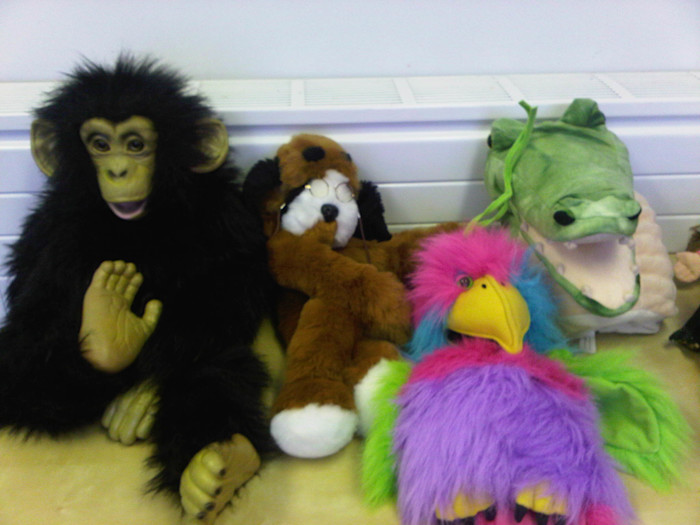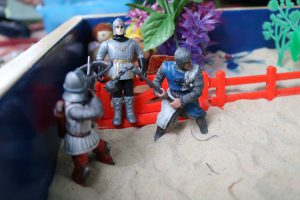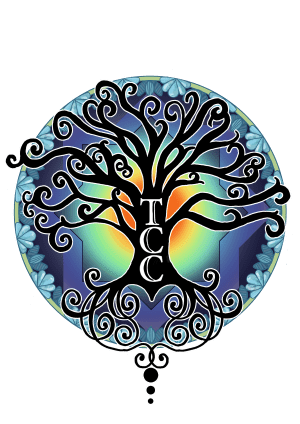
Since becoming a therapist, the language that I use with children and young people has changed. In terms of the actual words, the change is fairly small, but in terms of the effect, the change can be dramatic.
Most of the children and young people I work with explore their world, their thoughts, and their feelings through narrative (telling stories, role play, puppetry, drama) or through art, including drawing, painting, clay, music, and movement. They rarely talk about ‘the big stuff’ in a traditional conversation. This is how Play and Creative Arts Therapy works, and how it differs to traditional talking therapies. My role is to be there with them, to support them, to accept them for who they are, to witness what they are ‘telling’ me. However, sometimes I need to do more than bear witness to what is happening, sometimes I need to direct the children and young people in their process to help them progress, or become ‘unstuck’, or to challenge their thinking.
Could questions help in these situation? We often ask children and young people questions about what they’re doing and why they did it. Consider these questions:
How does it feel to sit on ‘the Naughty Step’?
Why have you only used red in your painting?
What story does this music tell?
What are those characters talking about?
Many of the children and young people I work with appear to completely shut down if they are asked a question – although I imagine there is a multitude of secondary questions and thoughts flying through their brain:
What answer does she want me to give?
What happens if I give the wrong answer?
Did I do something wrong?
I don’t know the answer. Am I allowed to say I don’t know?
Should I make up an answer?
Am I going to get told off?
Am I taking too long to think of an answer?
These questions may be anxiety provoking which could result in a variety of different behaviours, none of which are going to help the child or young person. Let’s rephrase my sentence so that it’s no longer a question.
I wonder how that puppet feels sitting on ‘the Naughty Step’
I wonder why you have only used red in your painting
I wonder whether this music tells a story
I wonder what these characters would say to each other if they could talk

By rephrasing my questions as ‘wonderings’, I have shown an interest in what the child or young person is doing and a desire to understand, but I have removed the pressure. They now have the choice of whether to respond, it’s not a direct question so there is no expectation to provide an answer. Sometimes the children and young people I’m working with will respond through their character, sometimes they will give me a direct answer, sometimes they say they don’t know, and sometimes they don’t respond at all. And all of these are fine. Even if the child or young person doesn’t outwardly provide answer, they have usually heard what I have said, and maybe they are considering an answer and are not ready to share, perhaps it has become part of their thoughts and is challenging their thinking. I may never know the answer, but then I never needed to know the answer. The question wasn’t for me, it was to help and support the child or young person who was sharing their inner world with me.
This way of rephrasing sentences could be useful for anyone who spends time with children and young people – parents, carers, teachers, support workers – have a go!
